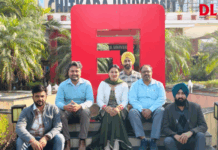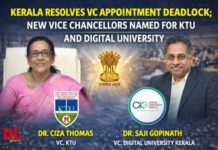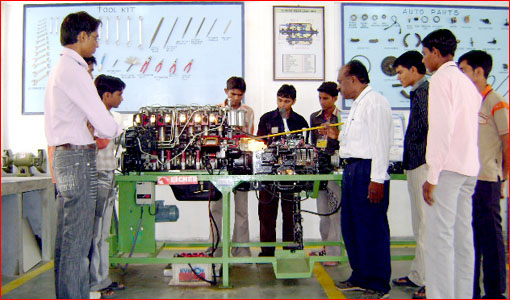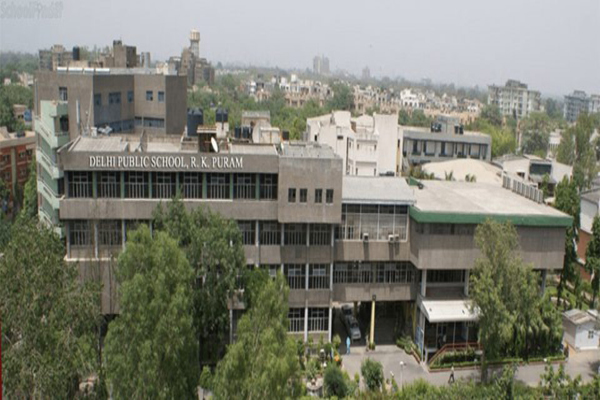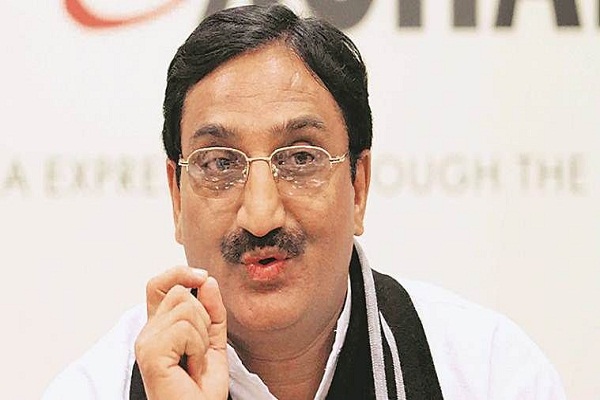Fujitsu India has launched the management scholarships-a three-and-a-half-month certificate management programme- providing an opportunity for business professionals to continue education.
Titled ‘Global Leaders for Innovation and Knowledge’, the scholarship will provide opportunities to innovative leaders through exposure to a gamut of knowledge including management theory, liberal arts and, methodology.
Fujitsu Scholarship: http://www.fujitsu.com/scholarship
Offered by Fujitsu-JAIMS Foundation, the scholarship will promote a robust business growth in the Asia-Pacific regions by providing future global leaders with an opportunity to enrich their education.
Global Leaders for Innovation and Knowledge: http://www.jaims.jp/en/program/index.html
Based on the vision of Dr. Ikujiro Nonaka, Professor Emeritus of Hitotsubashi University and, the global authority in knowledge creation theory, the scholarship is available to the citizens of Australia, Cambodia, China, Hong Kong, India, Indonesia, Laos, Malaysia, Myanmar, New Zealand, the Philippines, Singapore, South Korea, Sri Lanka and Taiwan.
To apply for the scholarship the applicants must have a bachelor’s degree or a degree equivalent to a four-year standard baccalaureate degree in any discipline from a regionally or nationally accredited Institution, a minimum TOEFL score of 577/233/90 (paper/computer/Internet), TOEIC score of 750, or IELTS(Academic) overall band test result of 6.5 or higher from a test taken within the last five years at the time of application, a minimum of three years of relevant full-time work experience (five years preferred) at the time of application.
How to Apply: http://www.fujitsu.com/global/about/csr/activities/community/scholarship/process/
Fujitsu established this scholarship programme in 1985 to commemorate the 50th anniversary of the company’s founding. The scholarship is aimed to provide the opportunity for people from the Asia-Pacific region and Hawaii, to contribute to their home countries by studying management. The scholarship has since been offered to 521 professionals.


